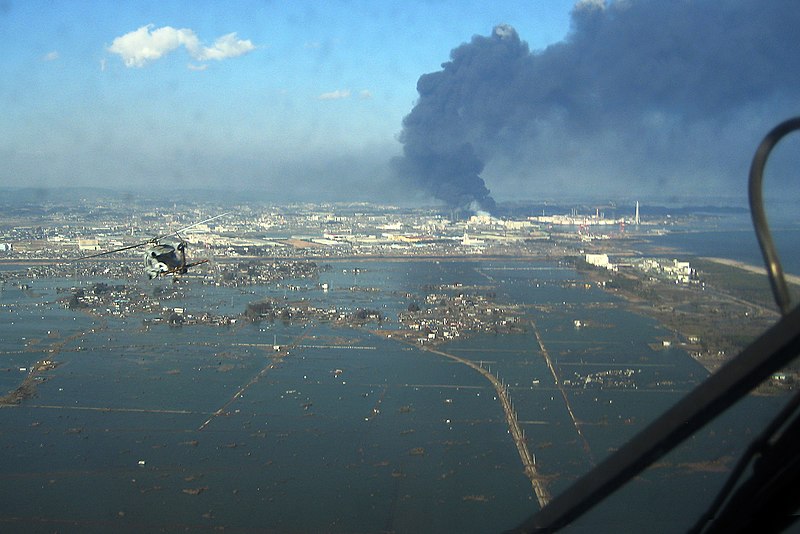Fukushima Disaster Produces Worlds Worst Nuclear Sea Pollution

A French study released on Thursday said that the amount of nuclear material called caesium 137 leaked by Japanese plant, Fukushima, has proven to be the world’s worst nuclear sea contamination event ever, AFP discloses.
In March, the giant 9.0 magnitude earthquake that struck Japan caused worldwide worry as we watched the Fukushima nuclear plant fall into crisis. Fears of widespread radiation driftage were present worldwide.
The Institute for Radiological Protection and Nuclear Safety (IRSN) reported that from March 21st to mid-July, 27.1 peta becquerels (a unit used to measure radioactivity) of caesium 137 had entered into the ocean. One “peta” becquerel is equivalent to a million billion becquerels, or 10^15. The IRSN stated in a press release that this is the biggest single outflow of man-made radioactive materials introduced to the marine environment ever seen or recorded. It will take 30 years for the caesium to lose ½ of its radioactivity, as it is a slow decaying element.
IRSN also found large quantities of iodine 131, though it does not pose any threat due its very low 8-day half-life. Any iodine still found will not be radioactive by this point.

They project that due to dilution by the ocean’s currents it should not pose a noticeable threat to the ocean except to species near the shore of Fukushima. IRSN said that in the Pacific Ocean, caesium levels will generally stabilize at .004 becquerels per liter while the currents circulate the ocean’s water. If the levels follow these projections, it should not have an impact on radiological safety.
The caesium, however, is a major concern to environmentalists. The problem with this hypothesis is that scientists have simply not seen such a large quantity of caesium introduced to the ocean before, and it can’t be fully known the long-term effects on the marine ecosystem. The group said that deep water fish, fish at the top of the food chain, mollusks, and other filtrating sea life are most sensitive to caesium contamination.
The IRNS will maintain to monitor marine life off of Fukushima’s coastal waters due to significant pollution of the nearby seawater that could persistently see more pollution as radioactively contaminated runoff rainwater will enter the ocean.
